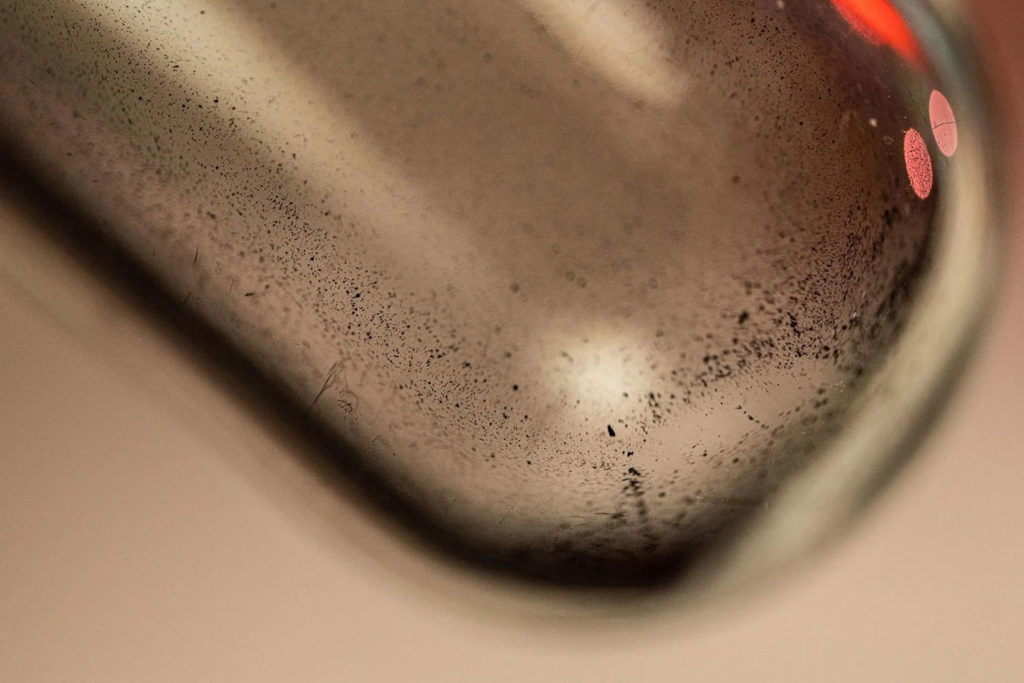E-waste will be the world’s fastest-growing domestic waste materials stream fueled mainly simply by higher consumption rates associated with electric and electronic tools, short life cycles, plus few options for repair. Much of it is handled unsafely, causing pollution, human health hazards, as well as the loss of valuable finite sources.
It’s estimated that all those discarded electronic devices – such as mobile phones, laptop computers, printers – contain precious metals like copper, silver, and also gold, along with a wide range of valuable uncommon earth elements . These types of metals, which can be extracted, reused, and reused, are also being thrown away with e-waste .
Now, engineers with Rice University have developed a process to extract valuable metals and rare earth minerals from the electronic waste inside one second. The process must be beneficial to the environment, consume up to 500 times less energy than existing laboratory methods, and produce a by-product that’s clean enough for agricultural land.

In their previous work, the specialist demonstrated the flash Joule heating method to produce graphene from carbon sources like waste food and plastic that has been adapted to recover rhodium, palladium, gold, and silver for reuse.
In the new research, the team focused on the electronic waste problem. These people started by grinding old discarded circuit boards straight into powder and then heating this to 3, 400 Kelvin (5, 660 degrees Fahrenheit) in milliseconds by the ultrafast electrical, thermal process. This type of high temperature vaporizes the precious metal, and the gases are after that vented away for splitting up, storage, or disposal.
According to the researchers, the procedure can recover more than 80% of gold, palladium, and rhodium and over 60% of precious metal in a sample. The heavy metals in electronic waste, some of which are highly harmful, including chromium, arsenic, cadmium, mercury, and lead, are removed, leaving a final waste materials with minimal metal content, acceptable even for agriculture soil levels.
Importantly, the experts reported that their “scalable process” consumes about 939 kilowatt-hours per ton associated with material processed, which is 80 times less energy compared to commercial smelting furnaces plus 500 times less than lab tube furnaces. It also eliminates the lengthy purification needed by smelting and leaching processes.
“Here, the largest growing source of waste becomes a treasure, ” the Rice lab associated with chemist James Tour stated . “This will curtail the need to move all over the world to mine from ores in remote and dangerous places, stripping the Earth’s surface and using tons of water resources. The treasure is in our dumpsters. ”
Expensive heating recovers precious metals through e-waste in seconds
Source: Tambay News

0 Comments